Reviewed by Julianne Ngirngir
It's 2027, and you're holding Apple's 20th anniversary iPhone. No bezels, no visible seams, no ports—just a continuous slab of glass that flows seamlessly from front to back. Sound like science fiction? Bloomberg reports Apple is quietly laying the groundwork for this radical design shift, and the hints are already showing up in iOS 26. The Information confirms at least one iPhone model launching in 2027 will feature a truly edge-to-edge display with both the front camera and Face ID hidden beneath the screen. Meanwhile, new iOS 26 features like Safari's Liquid Glass design are already preparing us for this glassy future.
What you need to know: Apple is planning a two-stage transition to an all-screen iPhone, starting with smaller changes in 2025 and culminating in a revolutionary glass-dominated design by 2027. The software is already hinting at this direction through iOS 26's glass-themed interface elements.
The Vision Behind the Glass: Jony Ive's Unfinished Dream
Here's the thing about Apple's all-glass obsession—it's not new. Apple's former design chief Jony Ive long dreamed of an iPhone with a truly all-screen design, envisioning what he called "a single slab of glass." But why does this matter now when it didn't a decade ago?
The answer lies in what this design unlocks. This isn't just about aesthetics—eliminating bezels fundamentally changes how users interact with their device, enabling new gesture controls and immersive experiences that current iPhones can't support. When your entire device surface becomes functional touchscreen real estate, you can implement contextual controls that appear exactly where your fingers naturally rest.
The 2017 iPhone X was Apple's first major step toward this concept, but current iPhones still have bezels around the display. Apple has now been granted a patent for a potential all-glass design that shows displays on both sides, as well as functional touchscreen buttons on the edges—basically, displays on all six sides of the device.
This connects to Apple's broader ecosystem strategy of creating seamless interaction models. Just as AirPods eliminated the cognitive load of managing wired connections, an all-glass iPhone eliminates the mental mapping of where different interface elements live on your device.
PRO TIP: Keep an eye on your iPhone's software updates. iOS 26's glass-themed design elements aren't just aesthetic choices—they're preparing your muscle memory for a completely different kind of device interaction.
Why Glass Manufacturing is Finally Ready for Prime Time
The technology that makes this possible is finally catching up to Apple's ambitions. Corning's ultra-thin bendable glass can now flex, flip, fold, and even roll while maintaining structural integrity. More importantly, Corning's VtG innovation features thinner glass at hinge points and thicker sections on the "wings," allowing for both effortless bendability and added durability compared to monolithic thickness pieces.
But here's the kicker: ultra-thin glass under 0.5mm thickness requires advanced manufacturing techniques like chemical strengthening and precision down-draw processes, which increases production costs by approximately 30% compared to conventional cover glass. A standard 0.7mm cover glass panel costs OEMs roughly $2.50–$3.80 per unit, whereas ultra-thin variants range between $4.20–$6.50.
The payoff? Ultra-thin glass helps reclaim up to 15% of internal volume compared to traditional cover glass, and devices using it achieve 7°C lower operating temperatures due to improved heat dissipation. That's not just about aesthetics—it's about creating space for bigger batteries and better performance while solving thermal management challenges that have plagued high-performance smartphones.
The Two-Stage Rollout: What to Expect and When
This phased approach isn't just about technical readiness—it's Apple creating upgrade cycles that maintain premium pricing while competitors rush half-baked foldables to market. Bloomberg's Mark Gurman reports Apple is starting with the iPhone 17 in 2025, which is expected to feature a smaller Dynamic Island.
By 2026, the iPhone 18 Pro models will reportedly get under-display Face ID, leaving only a small punch-hole for the front camera. Then comes the revolution: 2027's iPhone 20 (coinciding with the iPhone's 20th anniversary) is expected to bring both Face ID and the front camera fully hidden beneath the display.
These aren't just engineering puzzles—each represents a potential deal-breaker for Apple's quality standards that Samsung and Google might accept but Apple won't. Samsung Display and LG Display are developing thin film encapsulation processes to protect OLED panels from moisture and oxygen, plus optical clear adhesive technology for bonding curved display elements. The OCA development is hitting stumbling blocks due to distortion issues when viewed from the side—Apple doesn't want the magnifying glass effect that some curved-edge Samsung phones had.
What makes this strategy brilliant is the competitive moat it creates. While other manufacturers focus on incremental spec improvements, Apple is fundamentally reimagining what a smartphone can be. By the time competitors respond to the all-glass iPhone, Apple will already be defining the next paradigm.
Don't Miss: The iPhone 17 Air, launching this September, could be our first taste of this glass-heavy future. Rumors suggest it'll be around 6mm thick or less and weigh just 145 grams.
Where iOS 26 Fits Into Apple's Glass Strategy
The software side is already setting the stage, and the strategy here is particularly sophisticated. iOS 26 debuts Safari's new Liquid Glass design, and reports suggest the entire interface is taking inspiration from visionOS with glass-like buttons that have reflective edges.
This software preparation solves Apple's biggest design transition challenge: user adoption. Previous major iPhone changes like removing the home button created learning curves that delayed mass adoption. By 2027, users will already think in glass metaphors. The Vision Pro headset's OS already features glass-like interface elements with high levels of depth and translucency, and this design language is flowing from Apple's newest platform back to the iPhone.
The Liquid Glass interface isn't just aesthetic—it's reducing cognitive load for gesture-based controls that physical buttons can't support. When your phone's edges become functional touch surfaces, the software needs to communicate depth, pressure sensitivity, and contextual actions through visual design cues.
iOS 26 is currently in beta testing on upcoming iPhone 17 models, which will ship with this glass-inspired interface. By 2027, the software experience will feel completely natural—users won't need to learn how to interact with an all-glass device because they'll already be fluent in the language.
The Bottom Line: Glass is the Future (If Apple Can Pull It Off)
So what does this all mean for your next iPhone purchase? If you're planning to upgrade in 2025, the iPhone 17 series will give you a taste of this glass future with improved displays and the new Liquid Glass interface. All four iPhone 17 models are expected to get ProMotion technology with 120Hz refresh rates, plus that upgraded 24-megapixel front camera.
But the real revolution comes in 2027. Apple's 20th anniversary iPhone promises to be the culmination of nearly a decade of work toward Jony Ive's original vision. The all-screen design will likely be reserved for higher-end models, and one analyst predicts pricing could exceed $2,000 for what might be called the "iPhone Glasswing."
This isn't just about Apple making a prettier phone—it's about establishing the design language that will define the next decade of mobile computing, just as the original iPhone's multi-touch interface eliminated physical keyboards industry-wide. The technical hurdles around waterproofing, antenna performance, and durability remain significant. But Corning's investment in bendable glass manufacturing and Apple's methodical approach suggest this vision will become reality.
When your iPhone finally does become that single slab of glass, it won't just change how devices look—it'll change how we think about the boundary between digital and physical interaction. And honestly? After seeing iOS 26's Liquid Glass design in action, that future can't come soon enough.




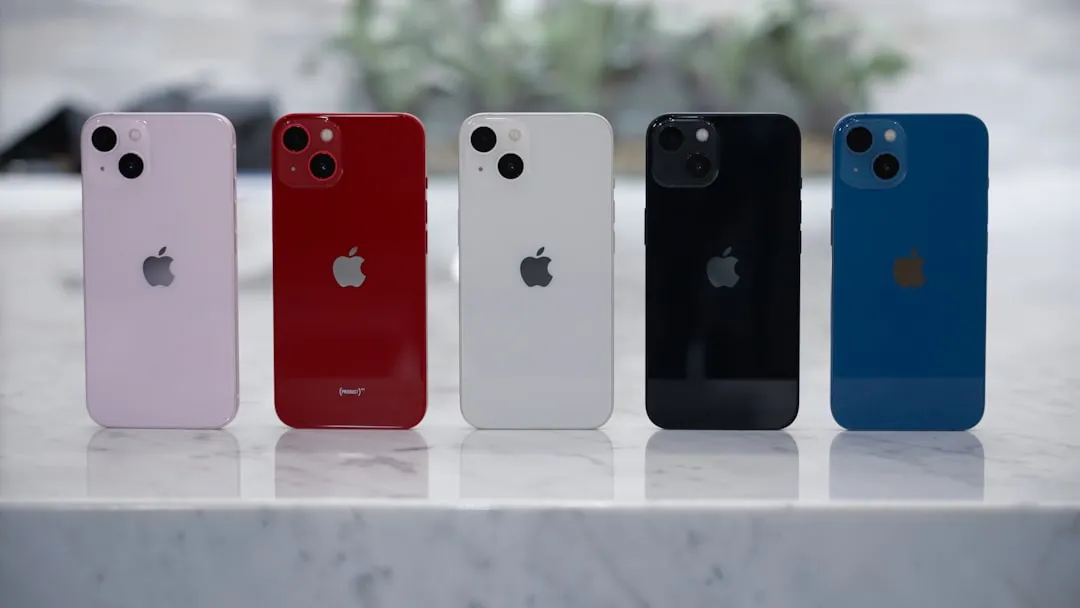
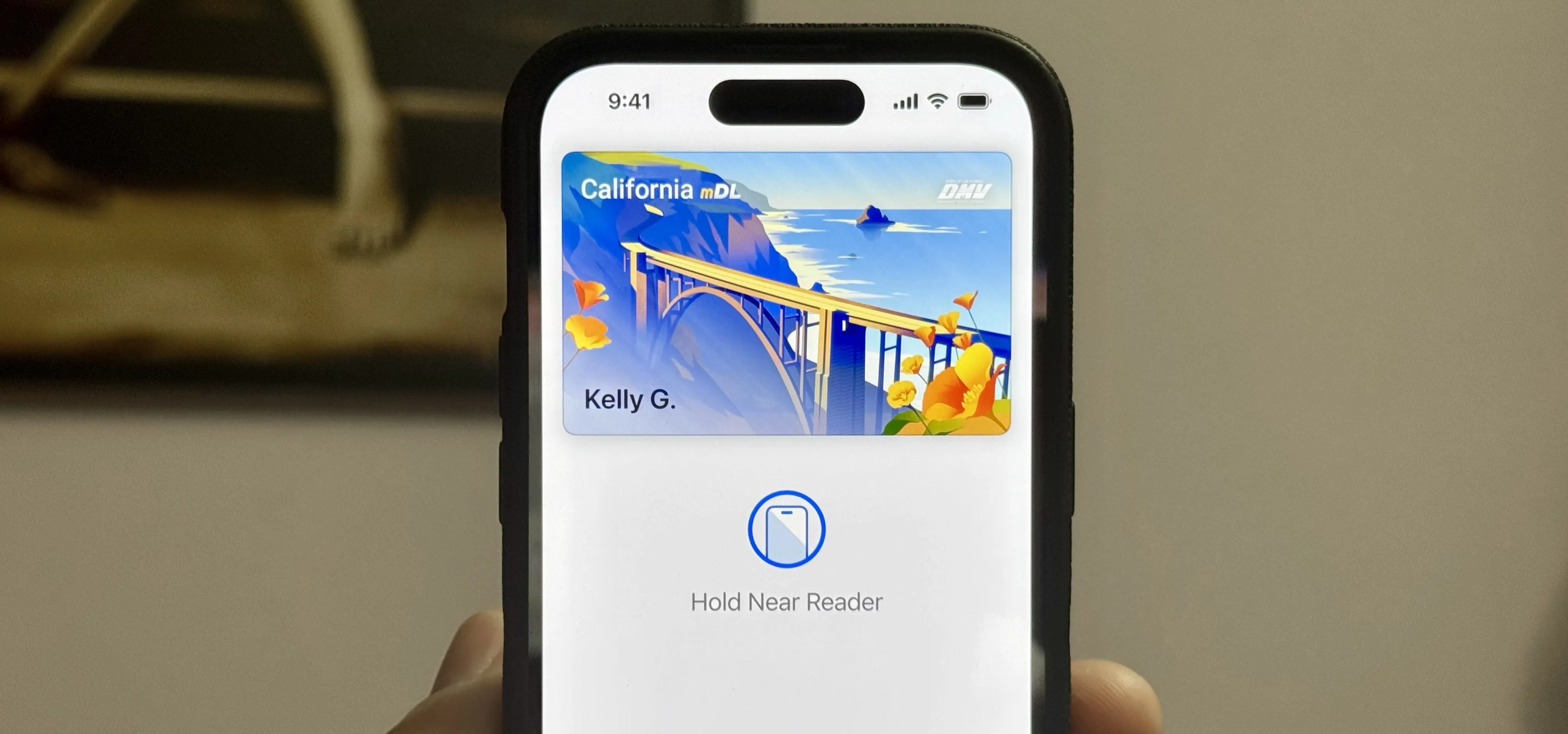
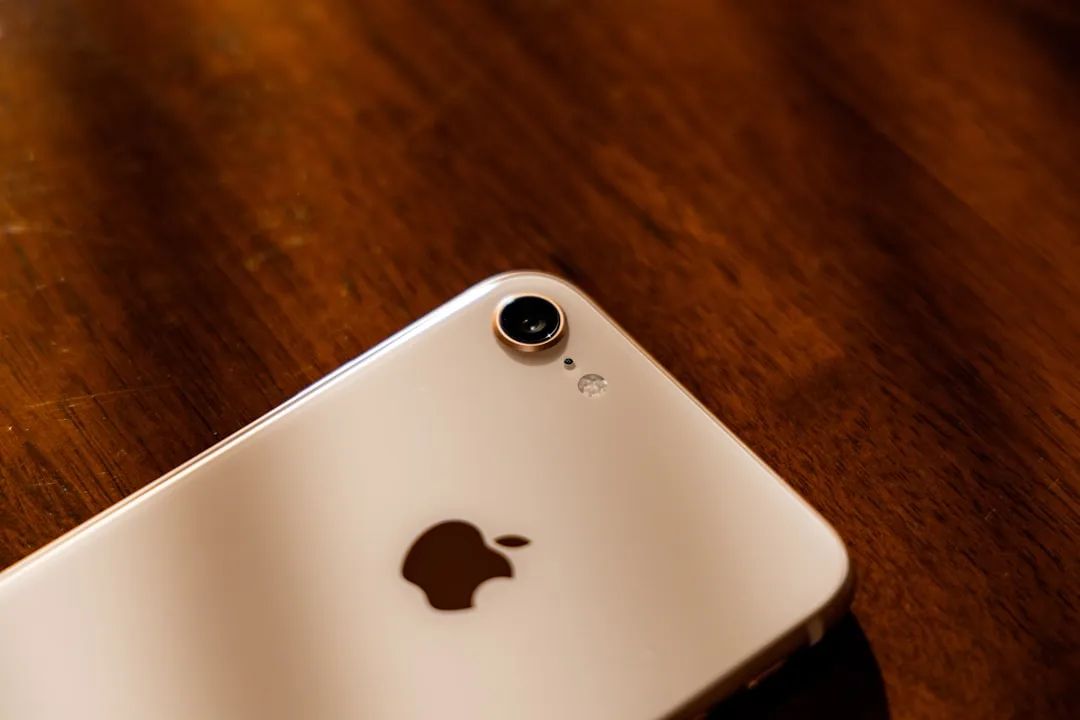
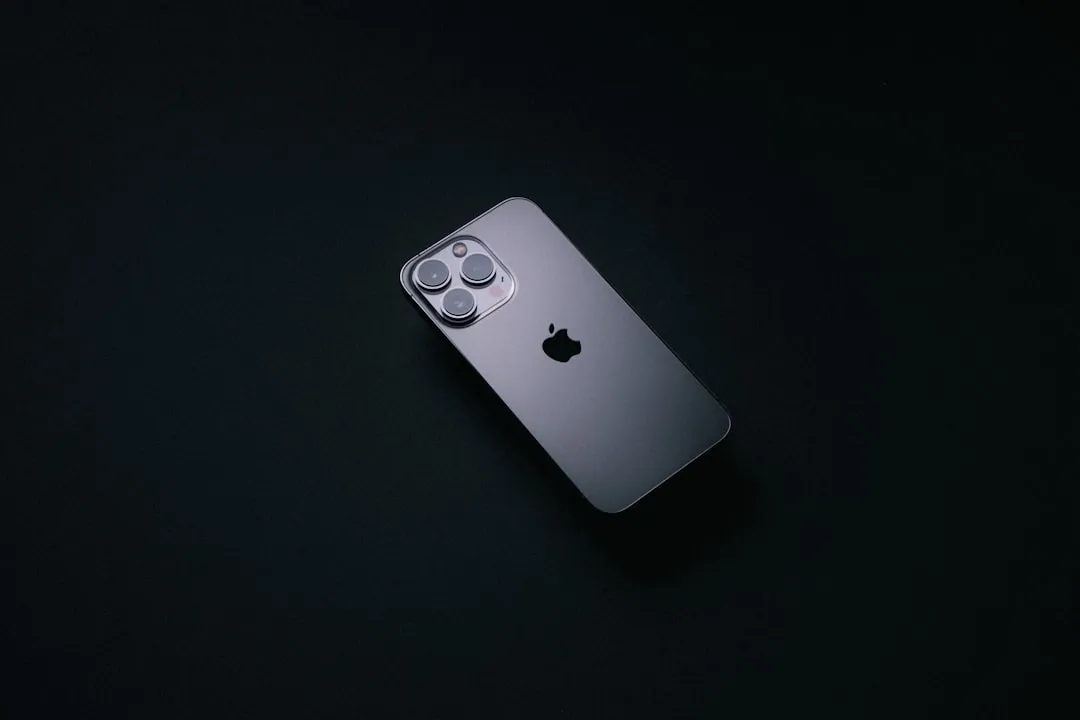
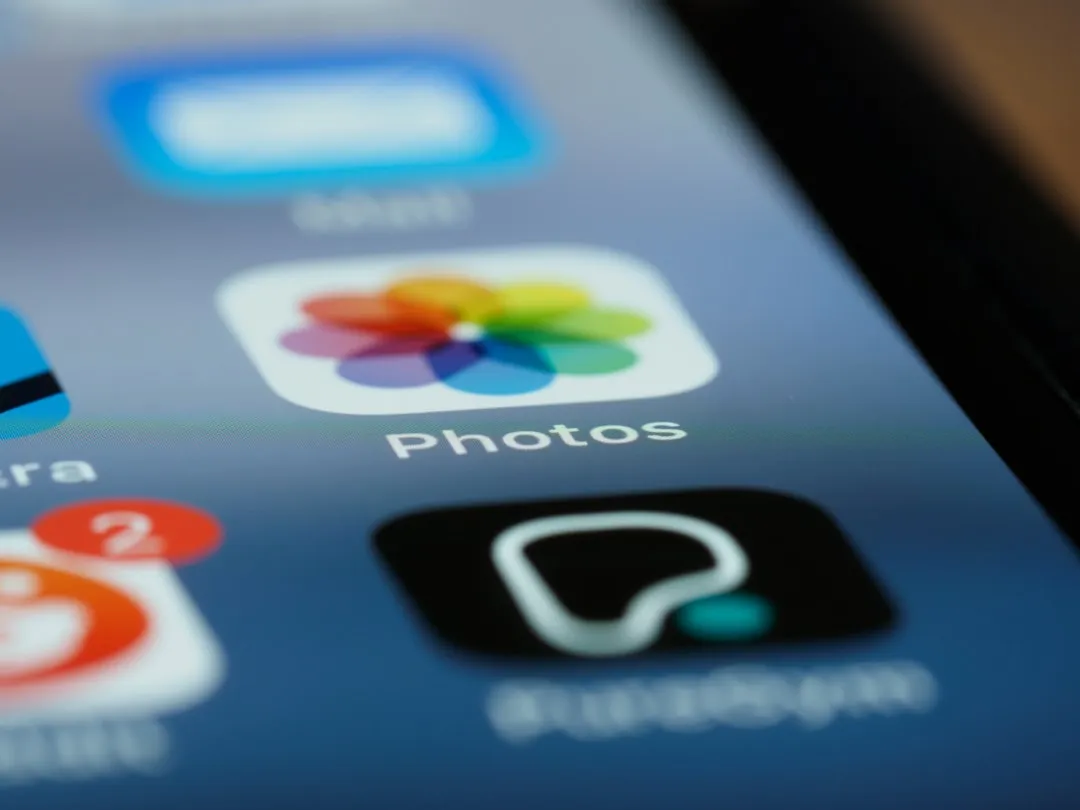
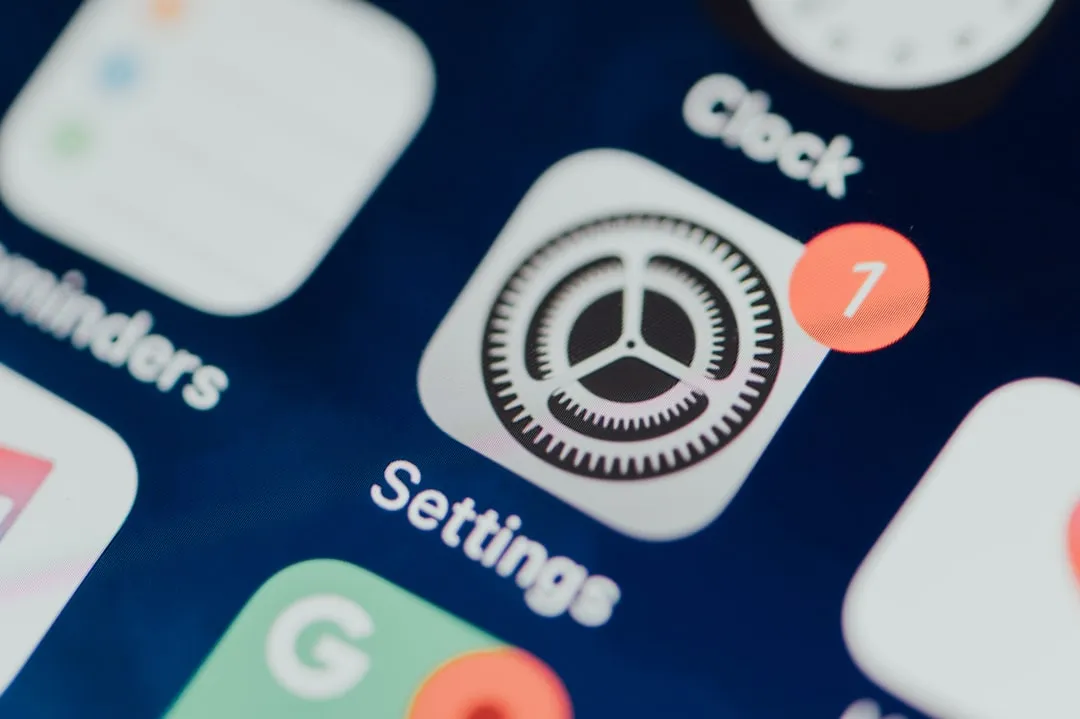
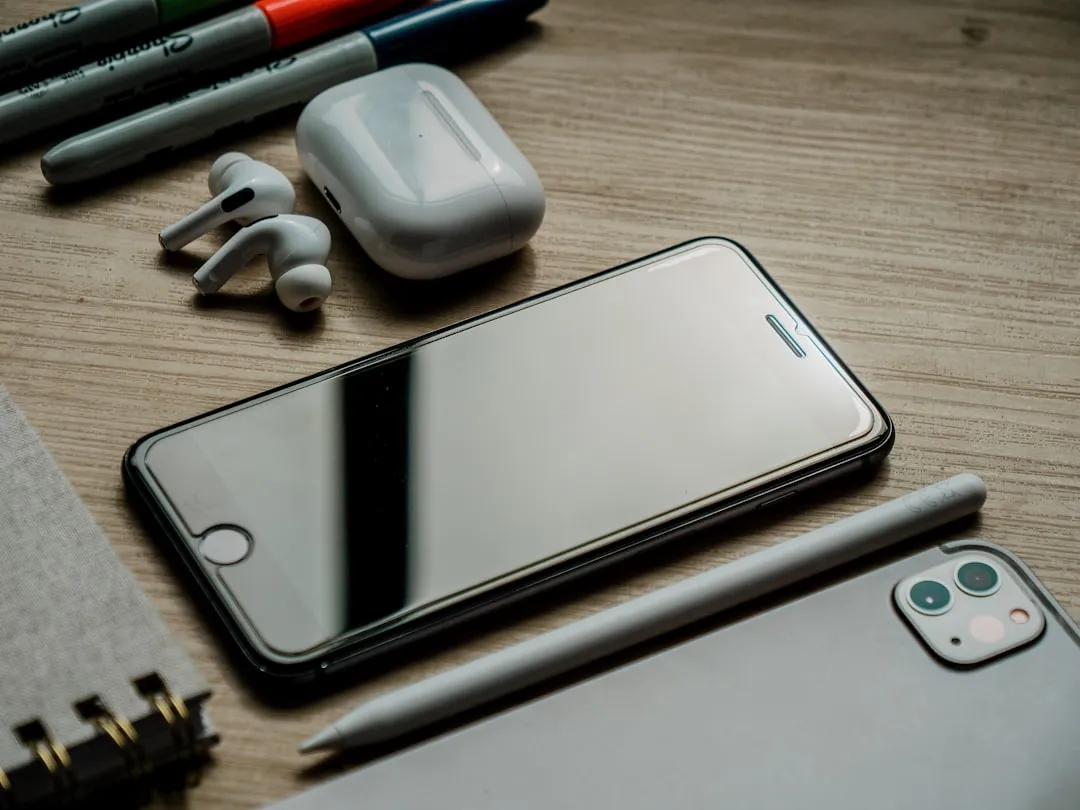

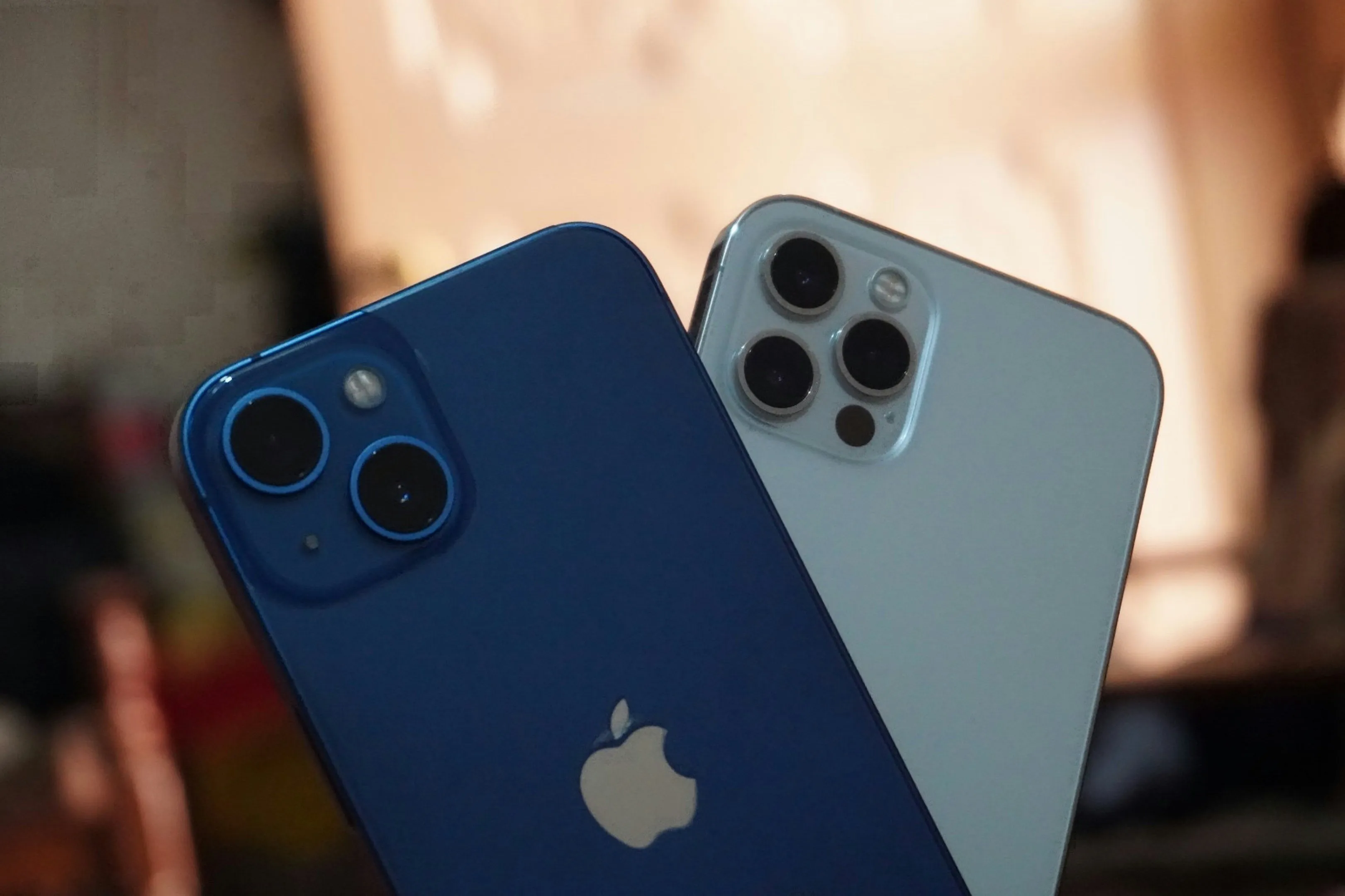

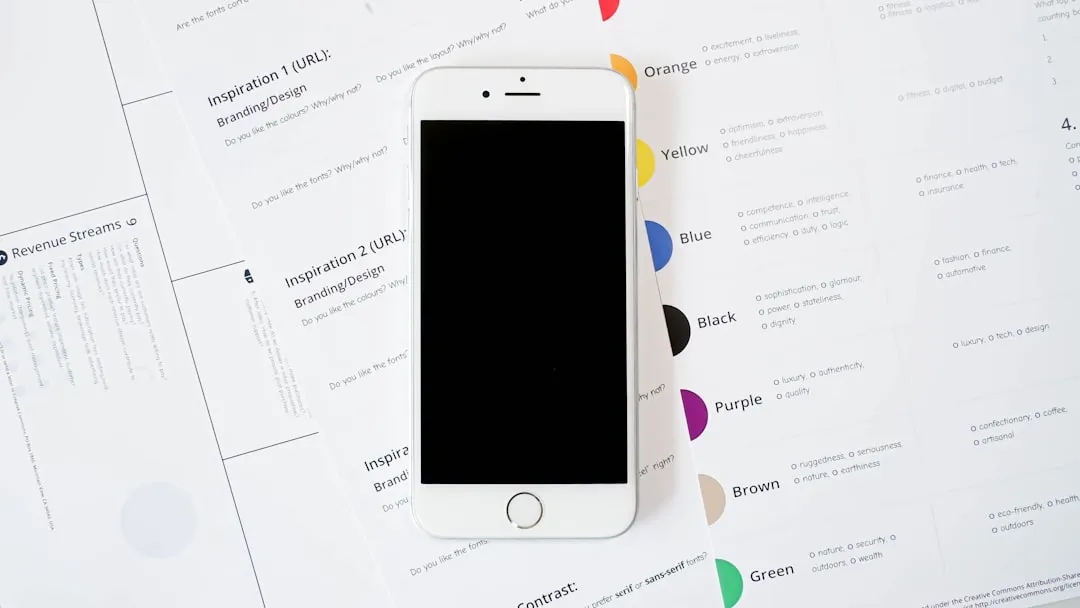
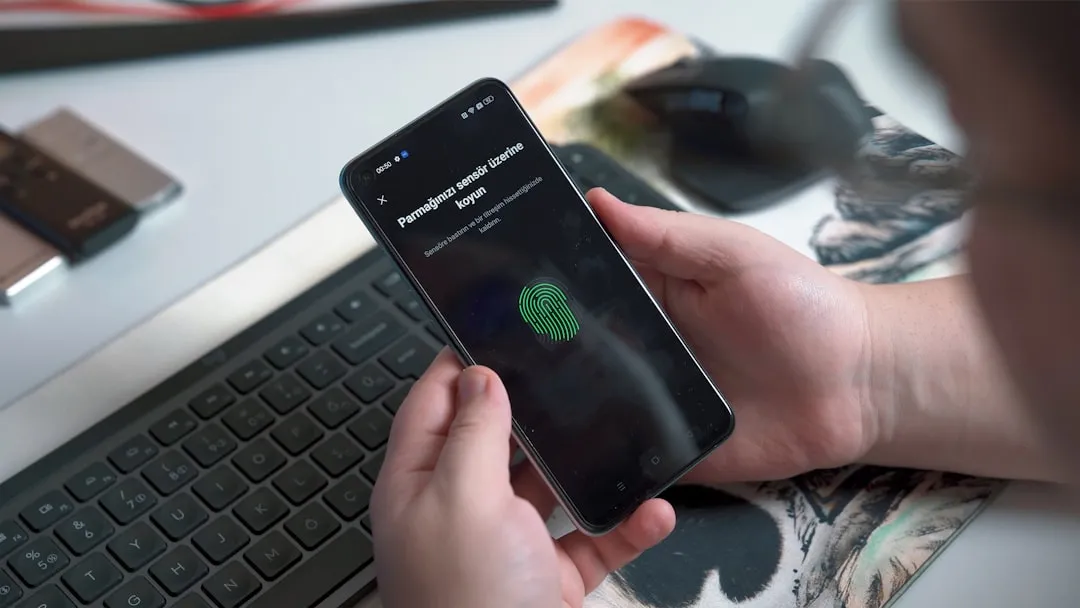
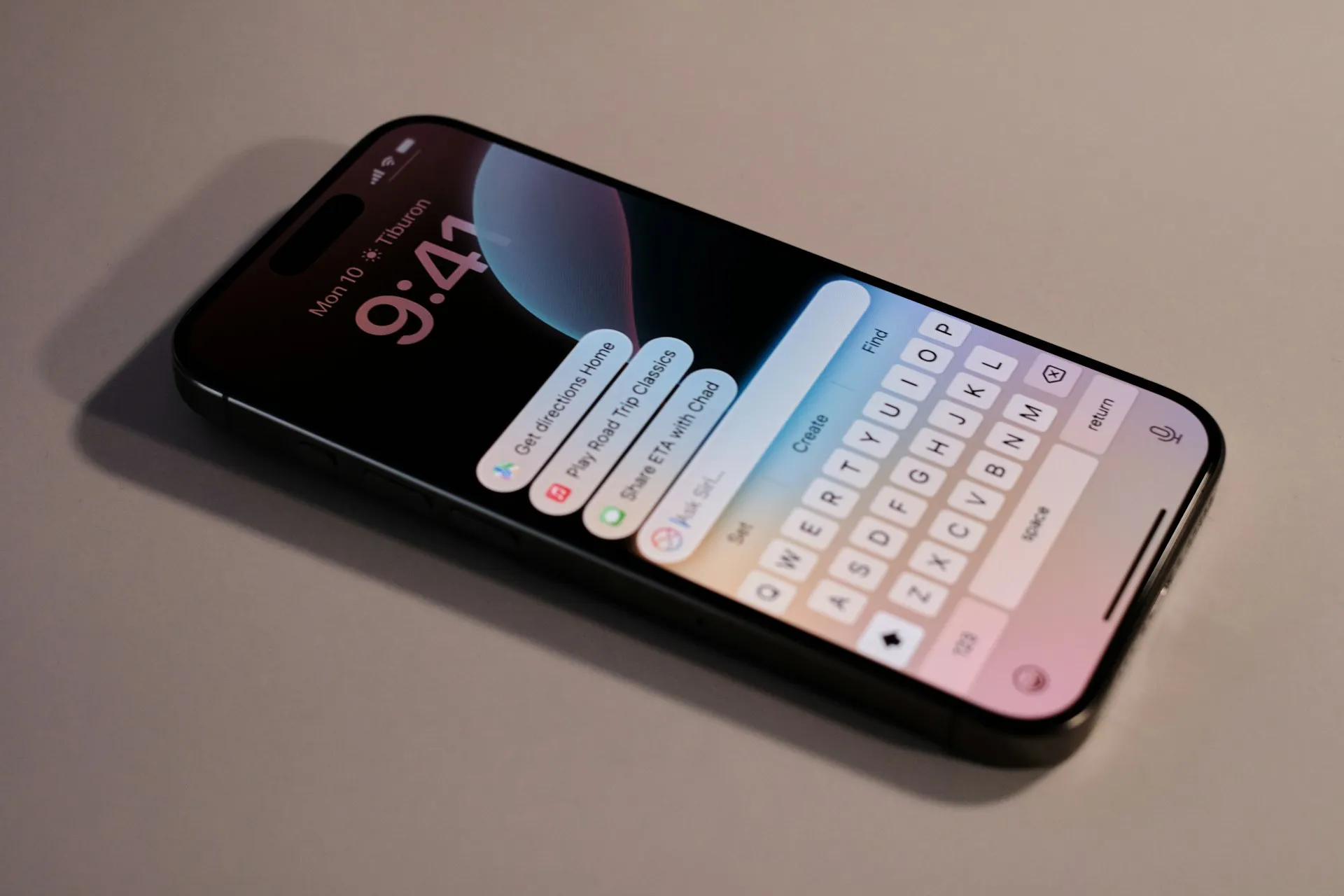

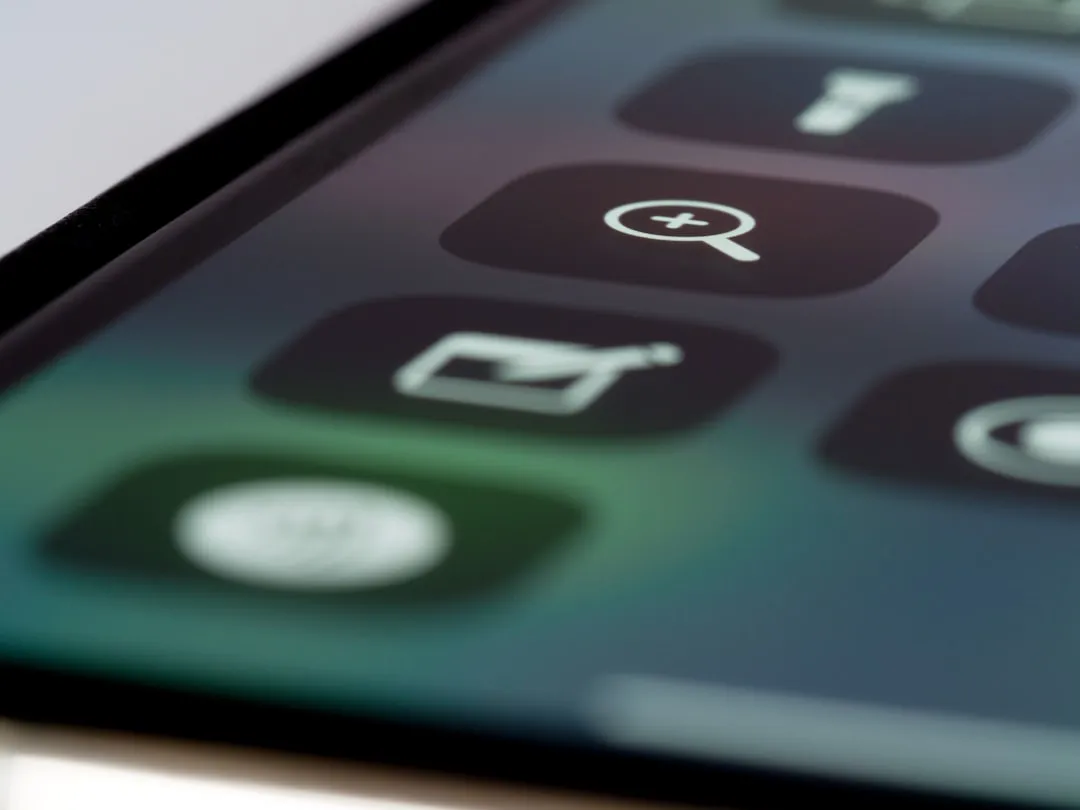
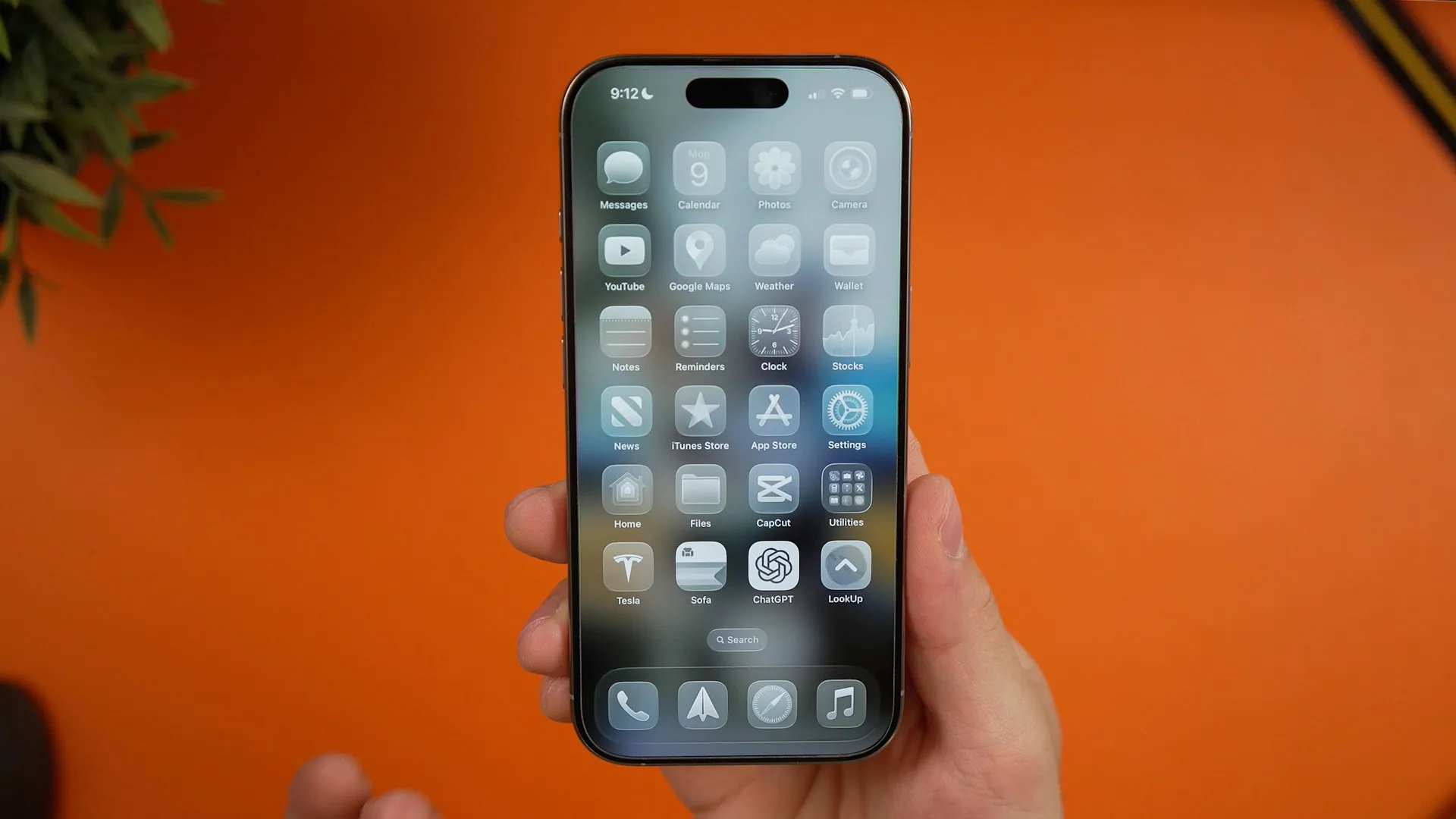
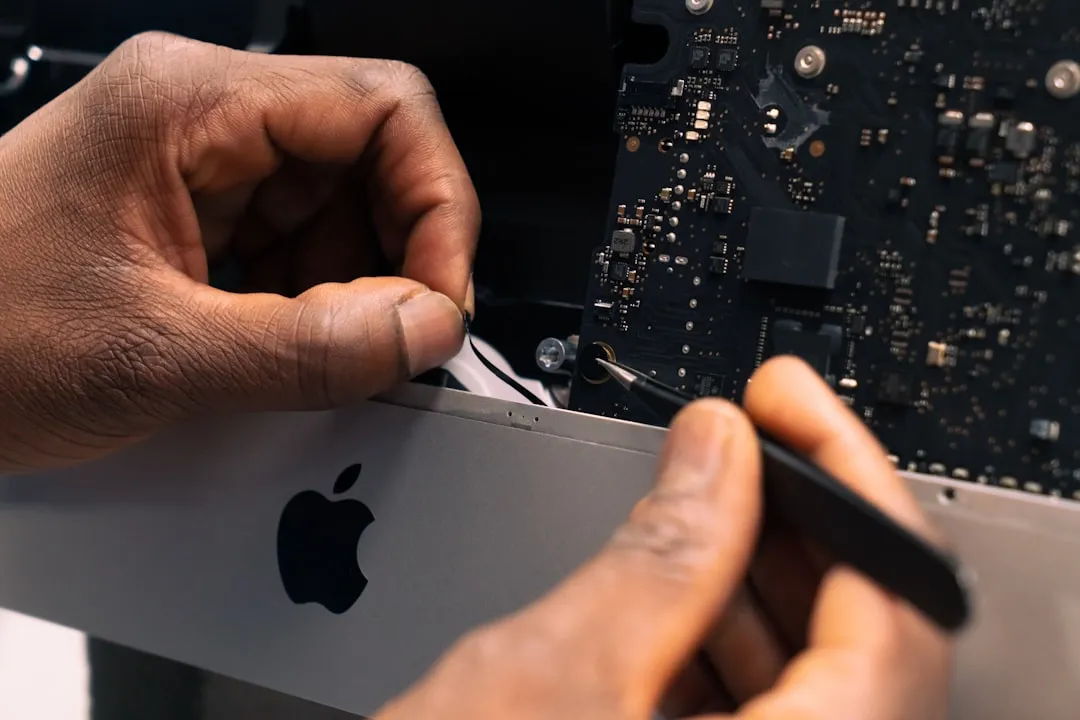
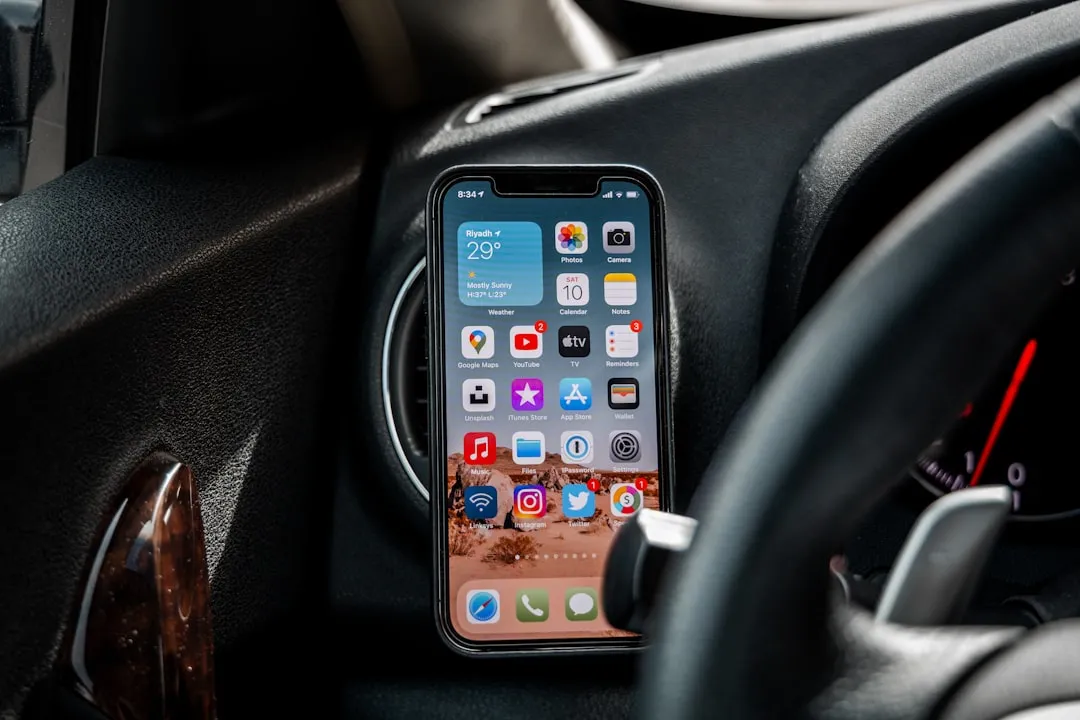


Comments
Be the first, drop a comment!